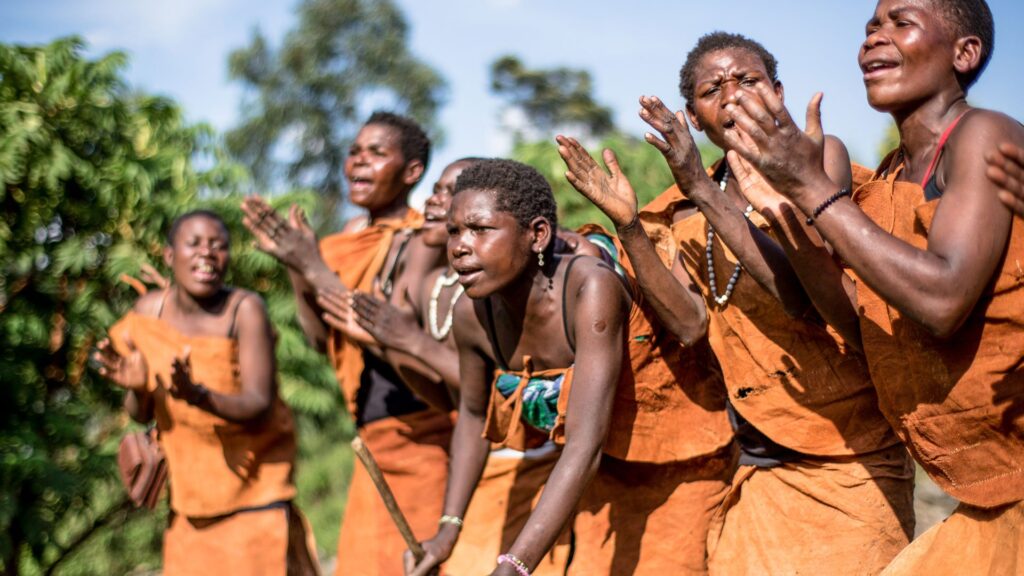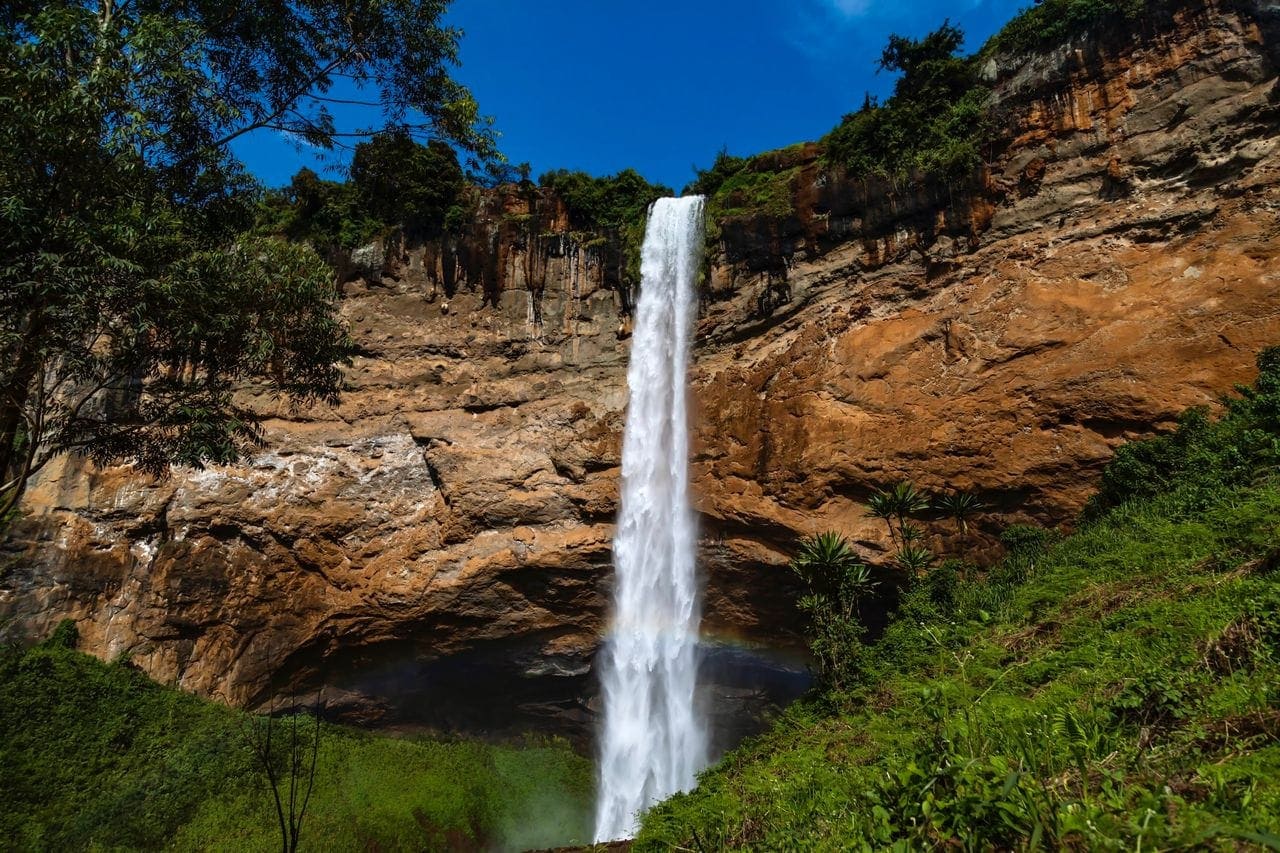
Chimpanzee Tracking Safaris
August 6, 2024
White Water rafting in Jinja with Otter African Safaris
August 18, 2024Cultural History of Uganda
Uganda is often celebrated as the “Pearl of Africa” for its breathtaking landscapes, lush wildlife, and rolling hills. But beyond the savannahs and mountain gorillas lies another treasure, its people, traditions, and cultural heritage. Every journey through Uganda is not just about the wild; it’s also about the stories, the songs, the dances, and the ancient kingdoms that have shaped this land.
At Otter African Safaris, we believe that to truly know Uganda, you must walk through its cultural heart. Here are some of the most fascinating cultural sites you can explore with us:
1. Kasubi Royal Tombs – The Resting Place of Kings
On the hills of Kampala lies the Kasubi Tombs, a UNESCO World Heritage Site and the burial ground of Buganda’s kings (Kabakas). The site is not only a spiritual centre for the Baganda people but also a masterpiece of traditional architecture made from wood, reeds, and thatched grass. As you walk through the sacred grounds, you feel the whispers of centuries-old traditions guiding you into the soul of Buganda’s monarchy.
Why visit?
To witness Uganda’s largest cultural kingdom’s heritage and understand the spiritual significance of leadership among the Baganda.
2. Igongo Cultural Centre – Where Ankole Comes Alive
Just outside Mbarara, on the road to the west, Igongo Cultural Centre immerses travellers in the traditions of the Ankole people, the land of the famed long-horned cattle. The museum showcases artefacts, traditional homesteads, and stories of daily life in the Ankole Kingdom. Here, culture is not static; you can taste local cuisine, admire art, and learn about the pastoralist traditions that still thrive today.
Why visit?
To experience the lifestyle of the “Bahima” cattle keepers and see how history blends with modern Uganda.
3. Ndere Cultural Centre – Dance, Song, and Storytelling
If you want to see Uganda’s cultural diversity come alive, the Ndere Cultural Centre in Kampala is the place to be. It is famous for its evening performances of traditional dances and songs from all corners of Uganda. Picture dancers stomping to the rhythm of drums, flutes calling in the night, and vibrant costumes painting the stage, it’s a celebration of Uganda’s 56 ethnic groups under one roof.
Why visit?
To enjoy a cultural feast of music and dance that binds Uganda’s people together in rhythm and story.
4. Karamoja Manyattas – Warriors of the North
In the rugged northeast, the Karamoja region tells a different story of Uganda. Known for their resilience and warrior culture, the Karamojong live in traditional homesteads called manyattas, fortified villages that showcase communal living. Visitors can interact with the locals, learn about their beadwork, and hear tales of bravery under the African sun.
Why visit?
To discover a culture that has preserved its traditions through strength, dance, and resilience.
5. The Royal Mile – Bunyoro’s Historical Walk
In Hoima, the Royal Mile connects the Bunyoro Kingdom’s palace to the royal tombs of Mparo. Once walked only by the kings, this historic road is shaded by ancient trees and echoes with stories of one of Uganda’s most powerful kingdoms. The Bunyoro dynasty, rich in history, gives insight into pre-colonial Africa’s might and diplomacy.
Why visit?
To trace the footsteps of kings and feel the grandeur of one of Uganda’s oldest dynasties.
6. Bigo bya Mugenyi – Uganda’s Mysterious Earthworks
For those drawn to archaeology, the Bigo bya Mugenyi in western Uganda are earthworks believed to date back to the 13th century. Local legend says they were built by a stranger, mugenyi, hence the name. The earth mounds and ditches are wrapped in mystery, with little known about their true builders.
Why visit?
To explore Uganda’s “lost city” and uncover one of Africa’s unsolved historical puzzles.
7. The Uganda Martyrs Shrine – Namugongo
Every June 3rd, millions of pilgrims gather at Namugongo to honour the 22 Christian converts executed by Kabaka Mwanga II in the late 19th century. The shrine is not only a place of deep spiritual significance but also a powerful reminder of Uganda’s journey through faith, sacrifice, and resilience.
Why visit?
To witness one of Africa’s largest pilgrimages and understand the role of faith in shaping Uganda’s history.
8. Craft Markets and Local Villages – Everyday Culture
Beyond the famous sites, Uganda’s culture thrives in its craft markets, villages, and communities. Whether it’s the vibrant craft market at Buganda Road in Kampala, the coffee villages of Mount Elgon, or the Batwa communities around Bwindi, each encounter reveals Uganda’s living traditions.
Why visit?
Because the true spirit of Uganda lies in its people, their smiles, their crafts, their songs, and their stories.
Why Explore Uganda’s Culture with Otter African Safaris?
At Otter African Safaris, we don’t just show you places; we guide you through experiences. Our cultural journeys are crafted to connect you with Uganda’s living heritage, blending storytelling, interaction, and authentic encounters. When you travel with us, you’re not just a visitor; you become part of the story.
Contact us: info@otterafricansafaris.com or otterafricansafaris94@gmail.com
Visit: www.otterafricansafaris.com
Call: +256773945555 or +256773932802. #OtterAfricanMagic.



